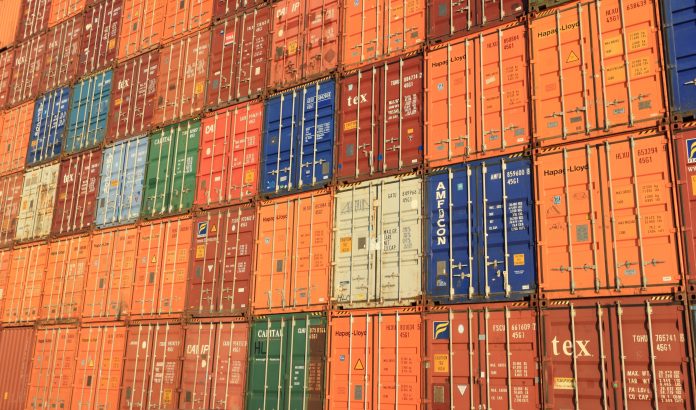Based on a publication from Daphne HowlandBen Unglesbee Cara SalpiniKaarin Vembar Caroline JansenMaria Monteros in Retail Dive, 10 retail trends to watch in 2022.
10 tendencias retail para mirar en 2022
Both 2020 and 2021 were unmistakably impacted by the pandemic, albeit in different ways.
During 2020, especially as the COVID-19 crisis was just beginning, mass closures and stay-at-home orders created chaos for retailers as the world tried to understand what precautions to take. Much of the year was purely survival mode, as some retailers drew down cash to stay afloat and others teetering on the edge were tipped into bankruptcy by the sudden blow to sales and liquidity.
After a wave of bankruptcies in 2020, but 2021 was calmer in that regard. Instead of bankruptcies, the year was marked by acquisitions, IPOs and other transactions as the industry stabilized slightly. The set of challenges retailers faced as a result of the pandemic was different: Instead of mass temporary closures, retailers spent the year battling supply chain bottlenecks as demand came surging back from 2020, and introducing new perks to try and entice workers during a shortage.
As we look to the year ahead, we’ll be keeping our eyes on how the pandemic continues to impact retailers, along with these 10 trends.
Retailers (if they’re smart) invest heavily in their supply chains
The world’s supply chain underwent massive stress in 2021, unlike anything in modern commerce in its breadth, depth and pervasiveness. COVID-19 outbreaks, demand surges, capacity shortfalls, labor shortages and other confounding factors scrambled the ability of many to fully stock their shelves. Freight congestion could ease in 2022, but various pressures and high costs could persist beyond the year.
After a year of emergency measures like air shipping and ship chartering (for those that could afford it), 2022 could be a year for evaluating, rethinking and investing in supply chains in the long term. But will that happen?
As a recent paper by FTI’s Christa Hart, Ron Scalzo and Matt Garfield put it, “Retailers had designed their supply chains to address predictable and specific challenges but had not adequately invested and undergone the end-to-end structural transformation necessary to become truly agile.” Taking the largest risks out of their supply chains, the authors note, likely means diverting capital from other key projects to upgrade the technology and capabilities.
Until recent years, supply chain has often been an unsexy, underfunded part of the retail organization. Nothing has illuminated the supply chain’s importance quite like the pandemic. With other risks in addition to the pandemic, as well as significant social and environmental imperatives, there is no better moment than right now to reinvent supply chains in the industry.
Retailers must rethink their relationship with workers
Rare was the retail earnings call that didn’t mention labor in 2021. Retailers struggled not only to staff their stores but also their warehouses and logistics functions, adding to the industry’s supply chain woes for the year.
Some have responded with higher wages and other perks to draw in candidates. But retailers still came up short. Holiday staffing was down 7.5% from 2020. Among the unemployed, health issues were the top reason for those staying out of the labor force, as well as mental health concerns and family responsibilities.
Unions and labor activist groups have pushed for stronger pandemic protections for retail workers as well as better compensation for the risks to frontline and essential workers. At the same time, the National Retail Federation has worked to block the Biden Administration’s vaccine mandate aimed at reducing the spread of COVID-19.
If labor remains tight in the U.S. in 2022, retailers may need more than creative perks to win recruits. The industry’s long-standing relationship with those that staff its stores and distribution centers may be up for renegotiation.
How last year’s flood of IPOs will shake out
Last year, a wave of IPOs swept the industry as retailers tried to get in on the hot stock market. The majority of the 18 retail public listings Retail Dive tracked in 2021 came from e-commerce companies.
As these brands entered the public markets, their financials became public as well. For some brands, these filings made clear just how hard it is to turn a profit while operating mostly online. While Warby Parker helped pave the way for other DTC brands, it’s struggled with profitability. Since fiscal 2018, the brand has either reported losses or broken even every year. Similarly, in Rent the Runway’s S-1, it said it has a «history of losses,” reporting a net loss of $171.1 million last year.
There were signs of trouble in earlier IPOs as well. Casper, another e-commerce darling that made its public debut in early 2020 before the pandemic was fully realized in the U.S., announced in 2021 that it would be taken private again. The DTC mattress brand in November inked a deal to be acquired by private equity firm Durational Capital Management.
Casper’s 2020 IPO was widely considered underwhelming and its stock price tanked just months after going public. While that price has ticked up since the low of $3.18 a share in March 2020, it has yet to reach its initial price of $14.50 a share.
So far, many of the DTC brands that entered the public markets in 2021 appear to be mirroring the same struggles Casper faced when it comes to profitability. But 2022 could be the real indicator of whether the mattress brand’s public market exit is a one off or a sign of what’s to come for others.
This article was originally published in Retail Dive









